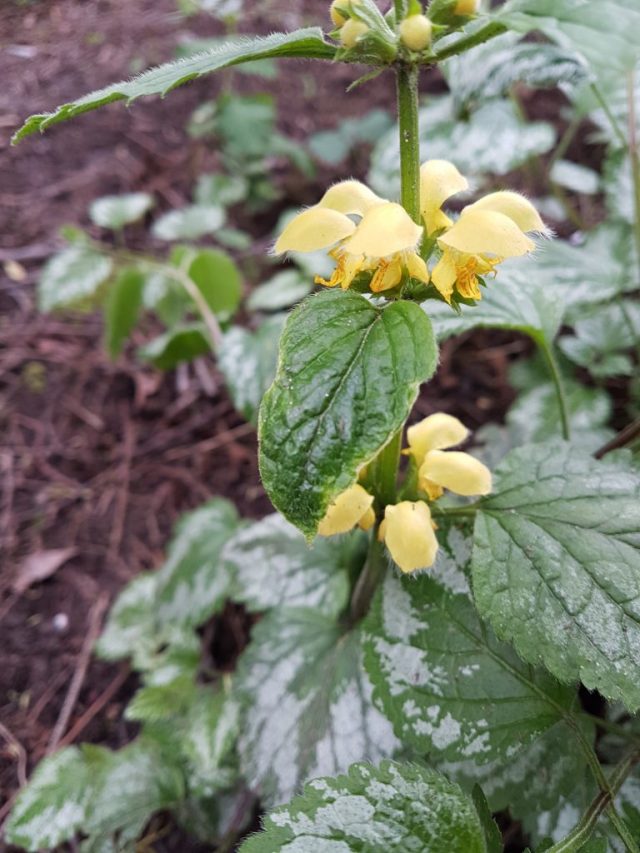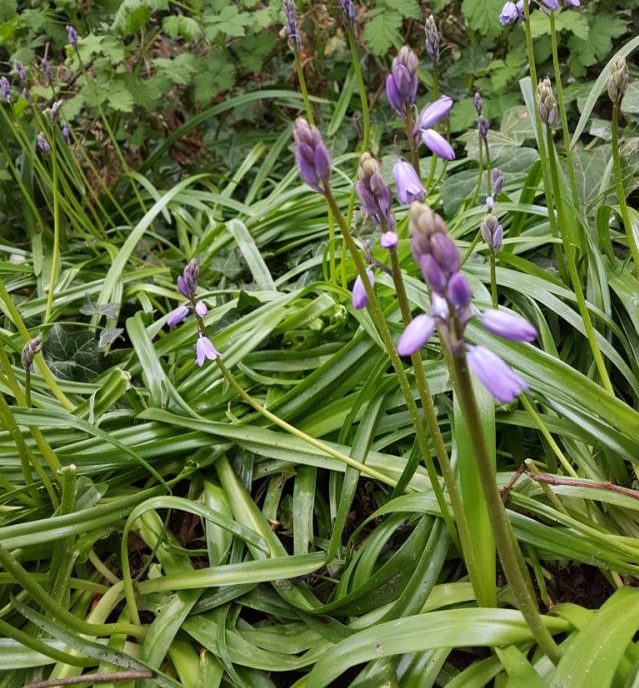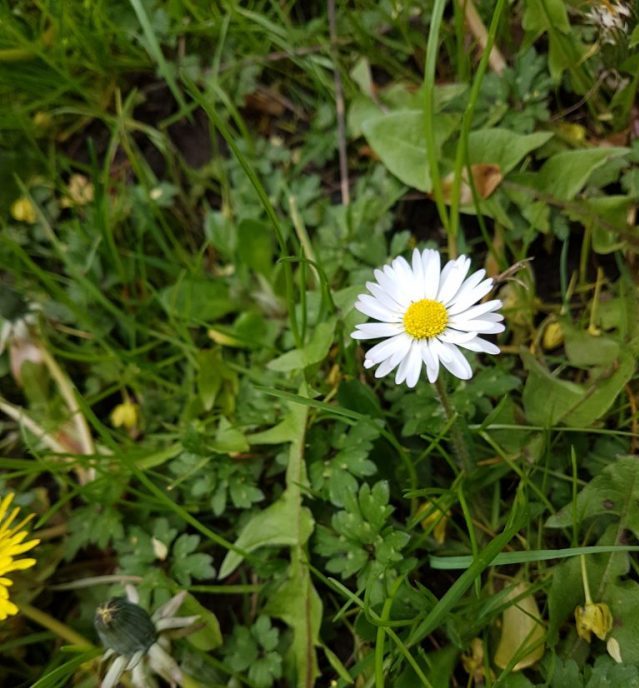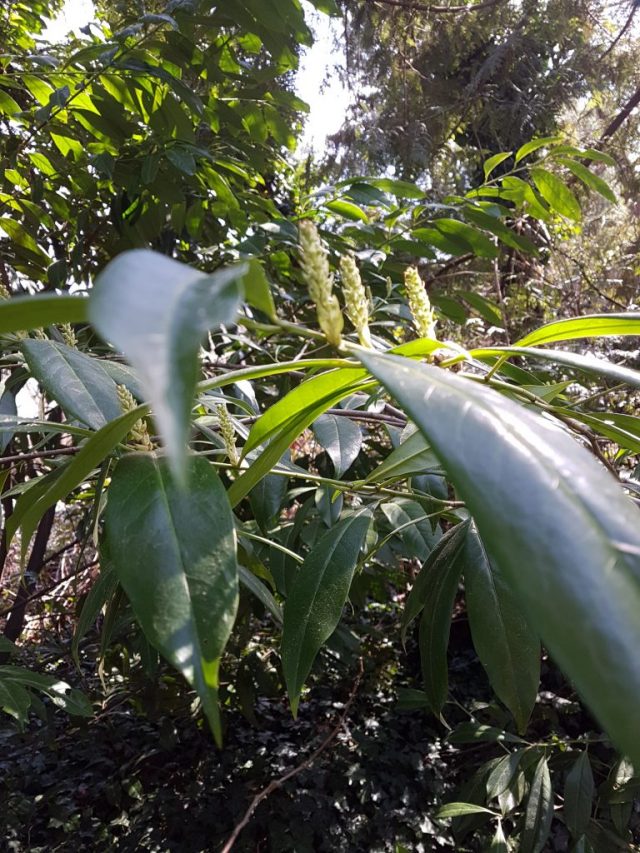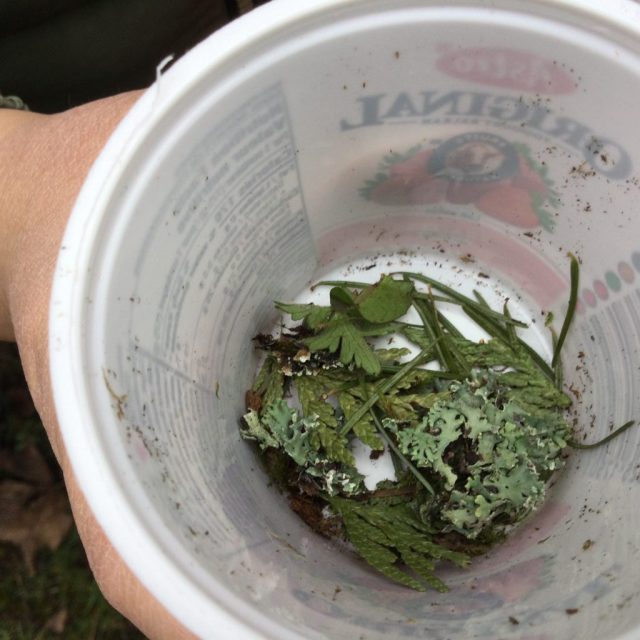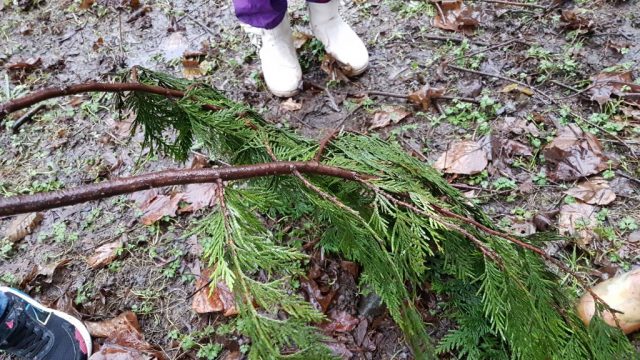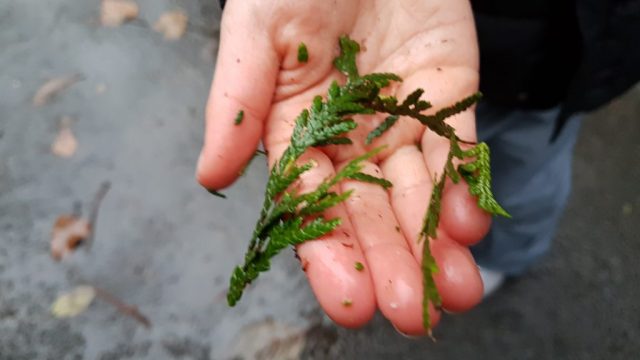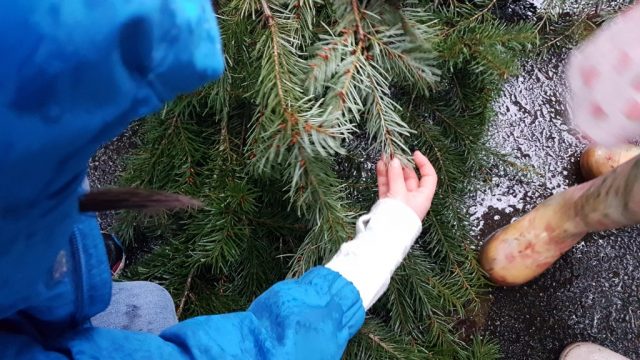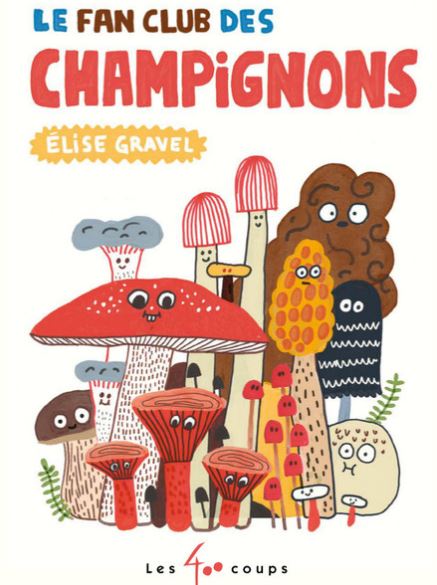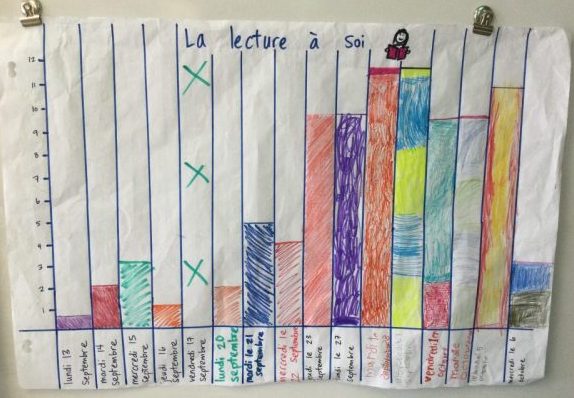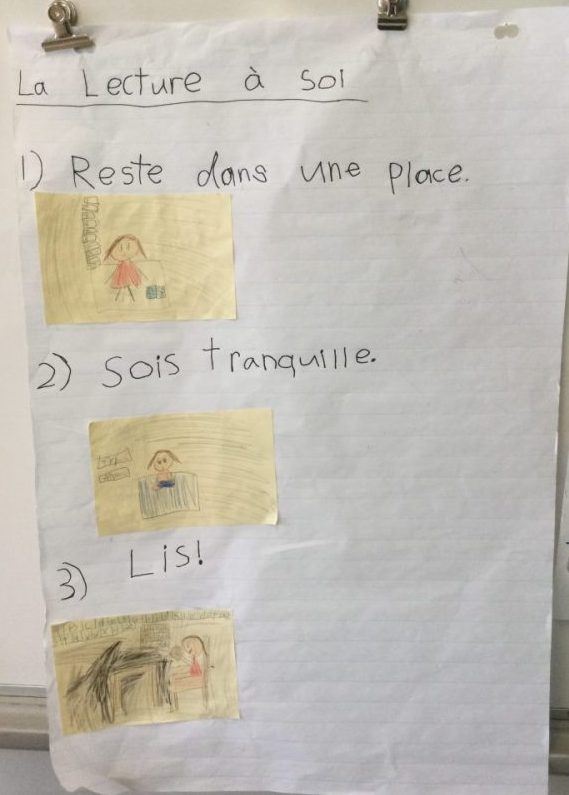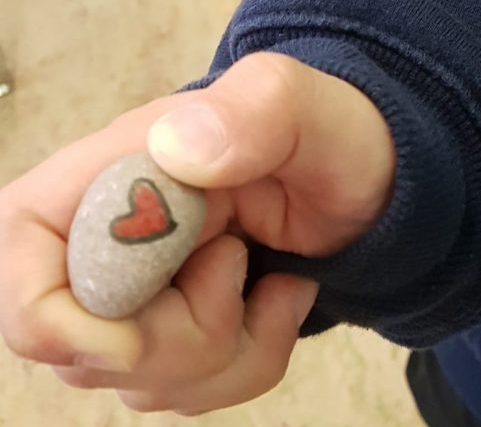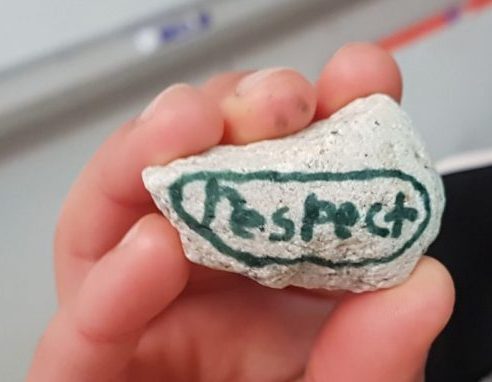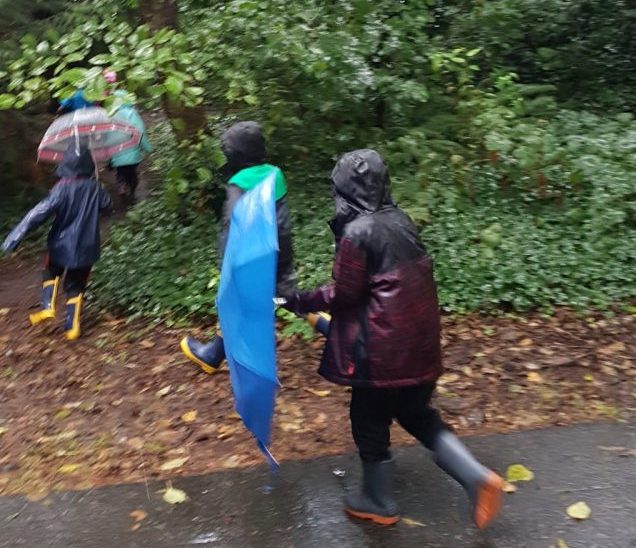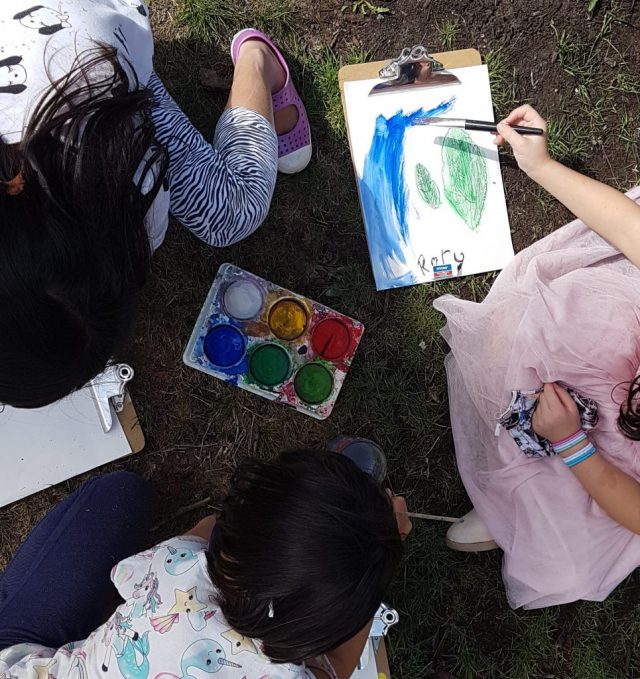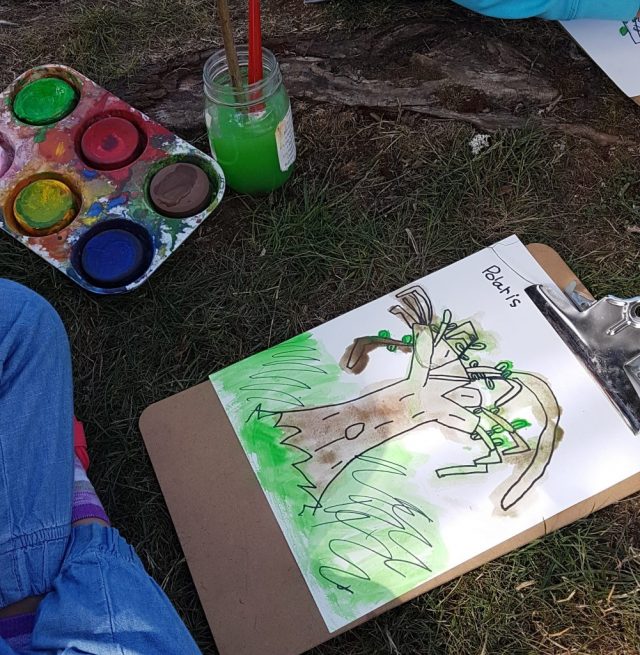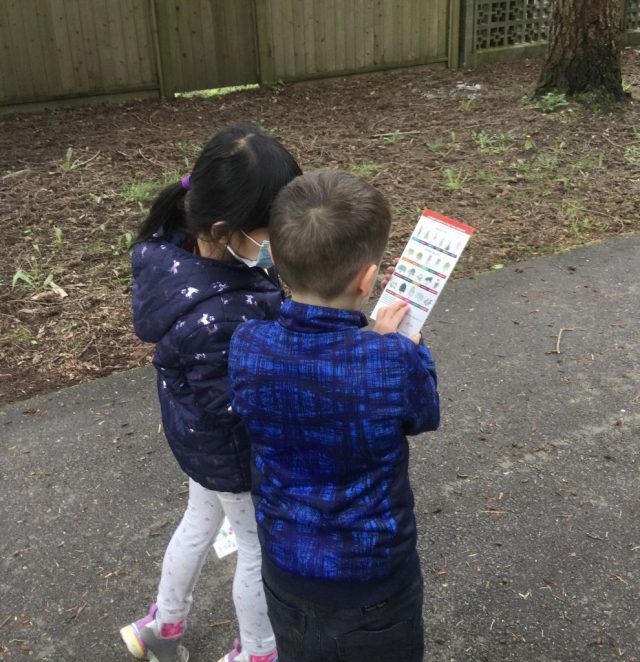 On today’s sortie nature, some students used field guides to try to identify spring flowers near our school. We noted similarities and differences between local wildflowers. We found it easiest to compare petal and leaf shapes.
On today’s sortie nature, some students used field guides to try to identify spring flowers near our school. We noted similarities and differences between local wildflowers. We found it easiest to compare petal and leaf shapes.
With a little extra help from the Seek app, we found la jacinthe espagnole (Spanish Bluebell), le lamier jaune (Yellow Archangel), la pâquerette (Common Daisy), and le laurier-cerise (Cherry Laurel).
